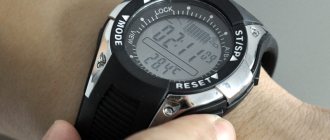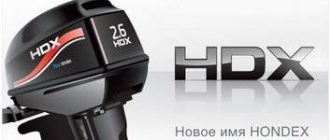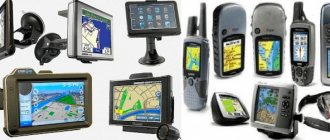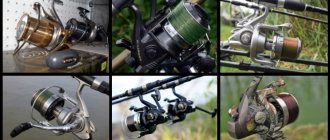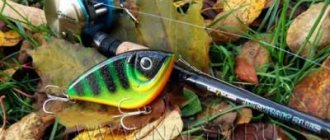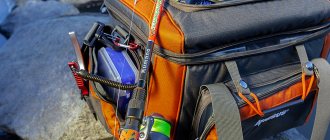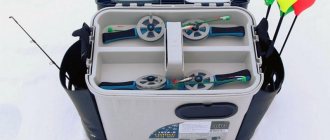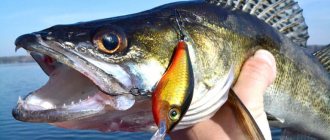| Place | Name | Characteristics in the rating |
| Top 10 best thermoses for winter fishing and hunting |
| 1 | Thermos NCB-18B (1.8 l) | The best thermos according to fishermen reviews |
| 2 | Zojirushi SJ-SD10 (1 l) | High-quality vacuum thermos |
| 3 | Arctic 403-1500 (1.5 l) | The best thermos for three-course meals |
| 4 | Biostal NG-1500-1 | Universal thermos for food and drinks |
| 5 | TIGER MHK-A150 (1.49 l) | The most reliable thermos |
| 6 | Arctic 110-1500 Taiga (1.5 l) | Reinforced off-road thermos with two cups |
| 7 | MAYER & BOCH 24903 (3.2 l) | Largest volume and lowest price |
| 8 | Taller Leicester (1 l) | The most convenient design |
| 9 | Amet Geyser A (3 l) | The best thermos for large companies |
| 10 | Arctic 901-750 (0.75 l) | Multifunctional thermos flask |
Thermos that are used in harsh conditions at sub-zero temperatures are subject to increased requirements. When choosing a product for winter fishing or hunting, you need to pay attention to its design, the stated duration of heat retention, ease of transportation and use. It is desirable to have a portable belt and an additional textile case. If you often go fishing for the whole day, it won't hurt to purchase an additional thermos for food. Taking into account the needs of users for winter fishing and hunting, and their reviews, we have compiled a rating of the best thermoses that can withstand operation at subzero temperatures.
Popular models
To further simplify the selection process, below are brief reviews of the most popular models that are ideal for fishing:
Arctic thermoses are the most preferred choice among all other domestically produced analogues. Among the model range we can highlight: 101-110 – classic models with a volume of 0.35 to 2.2 liters; 201-412 – thermos-barrels with a volume of up to 3.5 liters and 501 – thermos equipped with a thermal pump.
Only high-quality materials are used in production, which ensure long-term temperature stability. Today this is the most optimal option in terms of combination of price and quality level. Depending on the chosen model, the cost can range from 500 to 1300 rubles.
Biostal "Hunting" is another Russian-made thermos, which was made specifically for use during fishing, hunting, hiking or other extreme conditions. The high level of strength is successfully combined with low weight; there is an additional layer inside the cork to ensure high-quality thermal insulation, and the container itself has anti-corrosion protection. Such a device, the volume of which is a liter, costs 1,300 rubles.
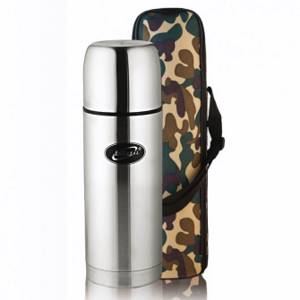
“Amet Tourist” is also manufactured in Russia; among the manufacturer’s assortment, this model is most suitable for fishing. The design of this model is thought out to the smallest detail: it is equipped with a folding handle and a double flask; The thermos itself is made of high-quality stainless steel, so it will last for a long time. The container is resistant to mechanical stress, so light impacts cannot cause any harm to the inner flask. The cost is about 1500 rubles.
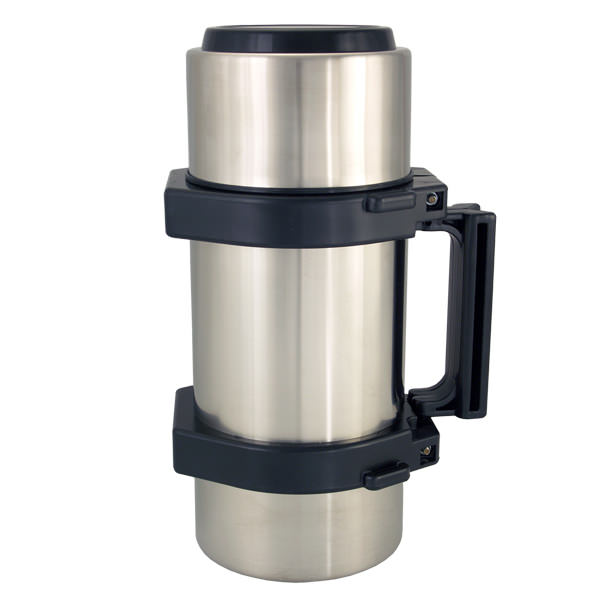
LaPlaya JMG is an inexpensive and at the same time very high-quality thermos made in Germany. Factories producing these devices are located in China, but the development of design and structural features is carried out in Germany and the Czech Republic.
This division has a positive effect on the final cost of the product, which is specifically designed for lovers of winter sports and fishing. A 0.5-liter container, ideal for a single fisherman, costs only 1,000 rubles.
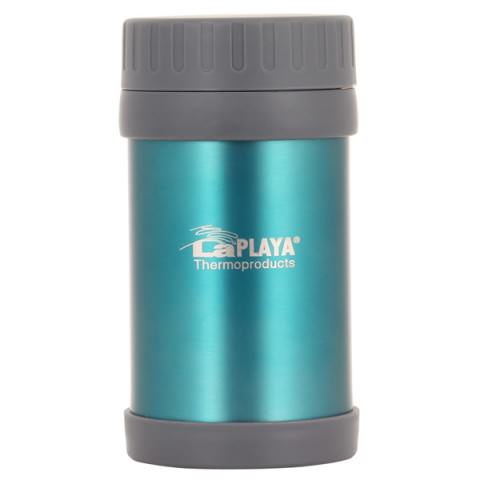
Zojirushi SJ-SD 10 XA is a thermos designed and produced by one of the best Japanese manufacturers. The walls are made of the highest quality metal, which made it possible to reduce their thickness and weight of the device, while its strength and resistance to mechanical stress, on the contrary, was increased.
The presence of a water supply key or water supply blocking greatly simplifies the operation process; the inside walls are additionally equipped with a Teflon coating. Today it is one of the best models with a volume of 1 liter, the cost is 5500-6000 rubles.
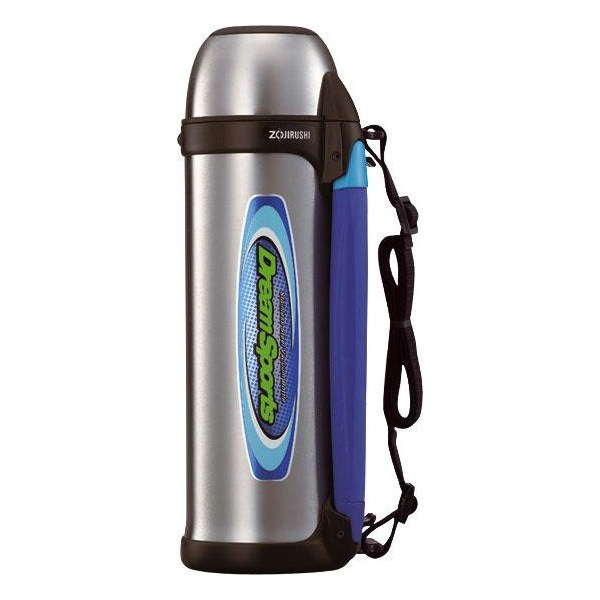
Choosing a thermos for use in Siberian frosts
A thermos is a necessary piece of equipment that is included in the minimum set of things that you need to take with you on a fishing trip, especially in the autumn or winter. As a lover of active travel, I will say that a thermos is also a must when hiking, especially in autumn and winter, and for any winter activity. You should approach the purchase of a thermos very carefully so as not to regret the purchase. In winter, the thermos is used in fairly harsh conditions, so it must not only retain heat well, but also be truly reliable.
In this review, I will tell you about the new thermos of the TONAR brand, about special testing of this series of thermoses, and also give recommendations on the selection and further use of thermoses. The new line of thermoses consists of 5 models with a volume of 0.5 l, 0.75 l, 0.9 l, 1.2 l and 1.6 l.
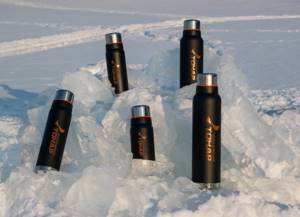
Design features. The body and inner flask are made of stainless food steel (18/8), which provides them with high-quality anti-corrosion protection. In addition, this has an impressive service life; they will last longer than plastic or glass thermoses, as they better withstand accidental impacts and maintain their integrity. And such a thermos can be actively used for many years. The main technology used in TONAR thermoses is vacuum. Heat retention occurs precisely due to the vacuum between the walls of the body and the flask. The use of new technologies has made it possible to reduce the distance between them to a minimum while maintaining the necessary thermal insulation parameters. The small diameter of the neck increases the thermal insulation properties.
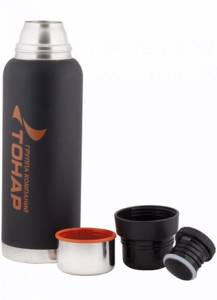
The blind screw cap is easy to use and helps create an absolute seal to better maintain the temperature inside the thermos. The pouring channels will allow you not to open the thermos completely and pour the liquid slightly open to maintain the temperature inside the flask. The thermos lid consists of 2 cups, one cup is screwed onto the other. This is very convenient, as the plastic cup will not get lost.
As with any quality product, the packaging indicates the operating time of the thermos and the water temperature, what it will be after 6, 12 and 24 hours. We checked these data at room temperature 24oC, and the indicators fully corresponded to the stated figures on the packaging.

But these indicators are not so important in winter, since operating conditions become as severe as possible. At numerous requests from fishermen, we tested thermoses in real winter fishing conditions, fortunately the weather at the end of January was favorable to this and gave us a real test drive in the Siberian frosts. The air temperature on the day of testing was minus 30oC during the day and minus 36oC at night.
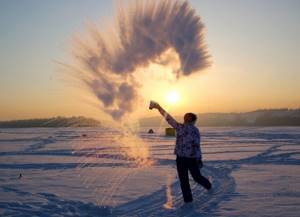
We filled thermoses with water at a temperature of 93-95oC at a room temperature of 24oC. At the same time, for three thermoses (0.5 l, 0.75 l and 0.9 l), we deliberately did not warm up the flask, and for large thermoses (1.2 l and 1.6 l), the flask was preheated with a small amount of boiling water.

And we went with thermoses to the Ob River to get as close as possible to the fishing conditions.
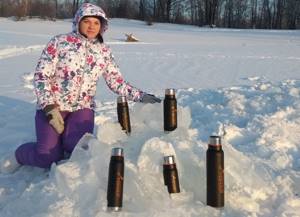
After 6 hours they brought in thermoses and checked the temperature. The test results were very encouraging.
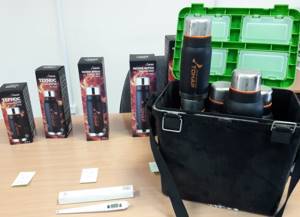
The thermoses coped well with the frost test. A 1.2 liter thermos showed the best temperature of 79.2oC, and this was after 6 hours in the cold!
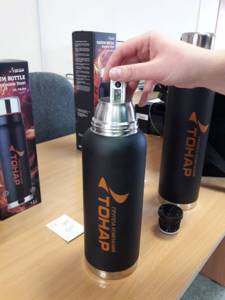
After 12 hours, we couldn’t check the temperature, but in the morning, 24 hours later, we measured the temperature in the thermoses again.
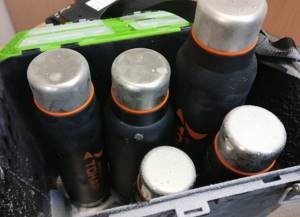
In large thermoses with a volume of 1.2 liters and 1.6 liters, the water was at a temperature of more than 50oC and was quite suitable for a warming mug of tea.

Recommendations:
- When choosing a thermos in a store, be sure to pay attention to the smell from the thermos! If there is a strong unpleasant odor, it means the thermos is made of low-quality materials. TONAR thermoses are made of high-quality stainless steel in modern production, are odorless and safe to use.
- When choosing a thermos, please note that products with a larger volume of water and a narrower neck hold the temperature longer than thermoses with a smaller volume and a wider neck.
- After purchasing, do a few checks at home to make sure you have purchased a good thermos. Pour hot water into the thermos and check after 15 minutes to see if the body is hot. If it gets hot, it means the thermos is defective and will not perform its basic functions. In addition, fill the thermos completely and check the tightness of the stopper and lid.
- To keep the liquid warm longer, first pour boiling water into the thermos and let the flask warm up thoroughly. Drain this water and only then add hot water. This simple trick will extend the cooling of the water by at least an hour. Our test in the cold confirmed this. The temperature in preheated thermoses ended up being higher.
- To keep liquids and any other food products hot longer, it is better to fill the thermos entirely. The smaller the volume is filled, the faster the contents cool.
- The thermos should be transported and stored in an upright position, this way it effectively maintains the temperature inside.
- For one person going out on the ice for several hours, a thermos with a volume of 0.5 l or 0.75 l is quite enough. It definitely won’t have time to cool down, and it will be quite easy to drink. This thermos is small in size and very convenient to transport. But if you are going to fish all day long, then you need a larger size (for example, 1.2 l).
- If you want the thermos to last as long as possible, then, of course, it needs proper care. Remember to rinse the product well after use. After washing, you need to leave the thermos open so that it dries completely. It is better to store a thermos with the cap open.
Enjoy your favorite hot drinks in both winter and summer, and TONAR thermoses will definitely help you with this!
Tested by Siberian frosts! Popova Natalya
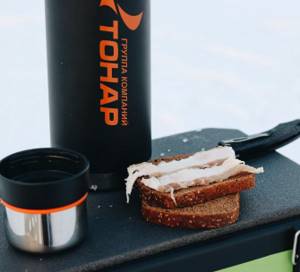
Thermoses in the online store catalog
Types of thermoses
Initially, you need to understand the existing types of thermoses; each of them can be useful when fishing.
The main classification is given below:
- Classic models have the simplest design; they are intended for liquid drinks or soups, if their consistency is not too thick
Classic models have the simplest design; they are intended for liquid drinks or soups, as long as their consistency is not too thick. Most of them have a narrowed neck, which has a positive effect on long-term heat retention. This option is well suited for fishing; the volume can range from 0.5 to 2 liters, depending on the features of the selected model.
- The thermos jug is a container with a modified design, to which a handle has been added, which greatly simplifies operation. Most models also have a special spout, which eliminates the possibility of spilling the drink if you need to pour it into a cup or other container. The volume is usually larger than the classic version and ranges from one liter or more.
- A thermos equipped with a pneumatic pump - a distribution mechanism that eliminates the need for the fisherman to constantly open and close the lid, which has a positive effect on maintaining the temperature inside the container. Such models are equipped with a special button that, when pressed, locks the pump, eliminating the risk of accidental spilling of liquid. The volume is usually 1.5 liters or more, and the price of such containers is much higher than the classic options.
- The thermos barrel has the appropriate shape and a fairly wide neck; it is usually used for soups with any consistency. If necessary, you can not only fill it with liquid, but also place various food inside, which allows the fisherman to have lunch or dinner directly on the ice. The volume in most cases is the same as that of classic models, while many manufacturers provide such thermoses with a folding traveling spoon and a lid that can serve as a plate.
